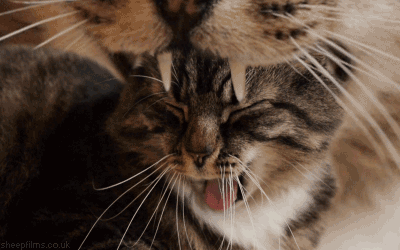What is the purpose of clothes? Some might say to keep us warm, protected, and civilized. It’s pragmatic. Some might say it’s about self-expression. Where does intimacy fit into the equation? To create a shell that can be shed only in the most private and intimate moments? Artist, Daan Roosegaarde, explores the relationship between the wearer’s emotional state and garments through his project, Intimacy 2.0, high-tech clothes that disappear when you’re horny (as in, when you’re heartrate increases).

In an interview with Lost in E Minor, Roosegaarde states that this is a haute couture wearable that shouldn’t be limited to the bedroom; it should be in the public eye at red carpet events and cat-walks.

Roosegaarde started off with women’s wear and plans to expand out to men’s wear as well. It makes me wonder though… How strange is it that women are expected to reveal their most intimate selves in artistic context (fine arts paintings, high fashion, etc.) but never within that of the everyday? As society, why do we feel so strongly that women should hide their body parts especially if it’s for their own pleasure?





















